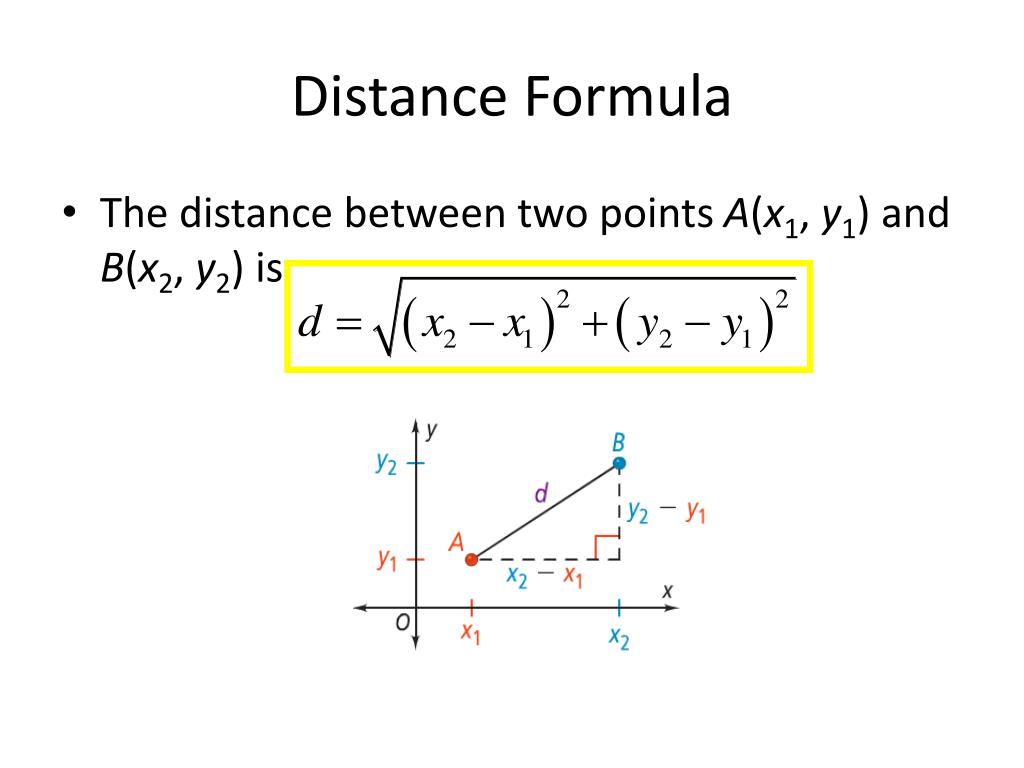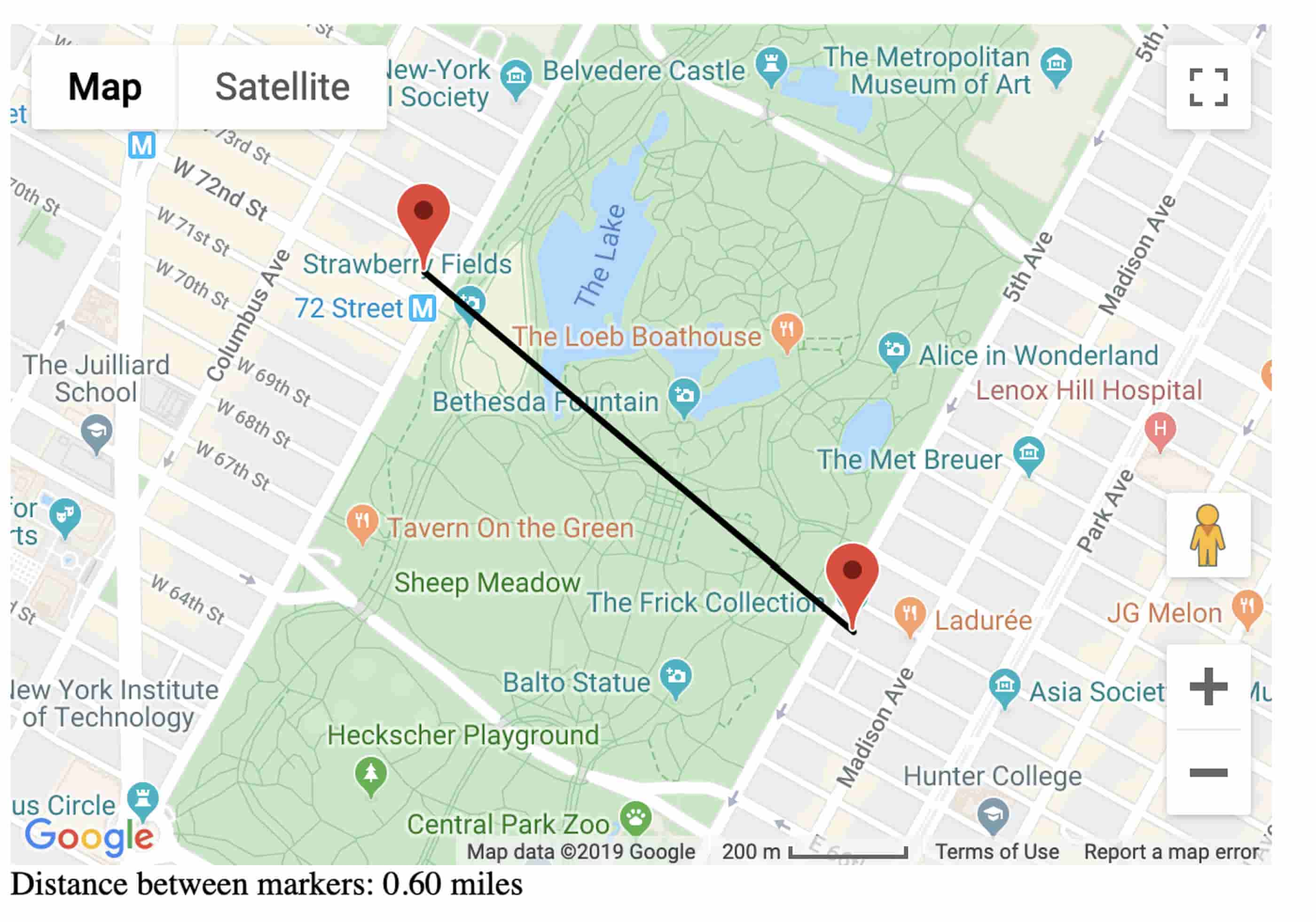
The second portion is determining the distance between the points and where all them algebra, geometry, and trigonometry skills you forgot get relearned. Calculate the great circle distance between two addresses. Get Started | Geocoding API | Google Developers Calculate the great circle distance between two points. There is plenty of existing documentation on this here's the crux of what you need to know: The conversion of addresses to coordinates is called Geocoding, and this is where Google comes in as they have an API. This will add NEARANGLE to your attribute table Start editing the point fc. X = POINT (13531245.47570414 2886003.268927813).distance(POINT (4942585.391221348 3940520.There are 2 portions to this the conversion of addresses into coordinates and then calculating the distance between coordinate sets. In this example we use the placesclip layer. From a geometrical point of view, the first step to measure the distance from one point to another, is to create a straight line between both points, and then measure the length of that segment. To do so, the input parameters are: Input layer: the point layer whose geometry we want to convert. The distance between a point and a continuous object is defined via perpendicularity. This distance calculator will use the 'as the crow flies' distance. Available at Processing Toolbox->Vector geometry->Convert geometry type, it provides an algorithm that allows to convert the MultiPoint features to single Point features. The distance from the centre point to each of the destination the points will then be displayed below the map. For example B2-B1, then drag to the bottom. To satisfy condition 1) we only need to impose. In our case f(x) 1 / x, x > 0 and g(x) 1 / x 1, x < 0. Lets apply this theorem to compute the minimum distance of these two curves. 2 If the line you are talking about is indeed a route, then you can use the tool 'Locate features along route' - This will give you the measures of the points. The next step I would export the table to excel and then you can use a formula to calculate the distance between each point. 2) The line connecting these points is perpendicular to both tangents. The conversion of addresses to coordinates is called Geocoding, and this is where Google comes in as they have an API. 2 If the line you are talking about is indeed a route, then you can use the tool 'Locate features along route' - This will give you the measures of the points. # calculate the distance between capital and citiesĭistance_between_pts = capital_pt.distance(city_point)ĪttributeError: 'CoordinateSequence' object has no attribute 'distance'ĪttributeError: 'dict' object has no attribute 'coords' There are 2 portions to this the conversion of addresses into coordinates and then calculating the distance between coordinate sets. This formula is for finding the distance between a point and a line, but, as you said, its pretty complicated. Besides extracting data, it offers linear regression features.


#Graphclick point to point ditsance free#
# city_items = POINT (4942585.391221348 3940520.723517349) Graphreader is a free online data extraction tool that supports only XY plots. The beeline distance d0 was used as a measure of the distance travelled to. Check your work, because you may need to reverse the directions of some of the river reaches, depending on how consistently they were digitized. The point at which the ant first ended her straight run and started searching.


Use the tool to create an 'event table' for the points relative to the routes. OrderedDict()}] # capital = shapely objĬity_items = shape(city_point) Reading the looks like I should have this right, but I don't.īased on this example I wrote this block (.note: update, 'capital' starts as a shapely obj, and city_pt is a dict.full of multipoints it appears, looking like this).


 0 kommentar(er)
0 kommentar(er)
